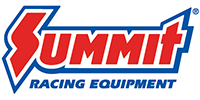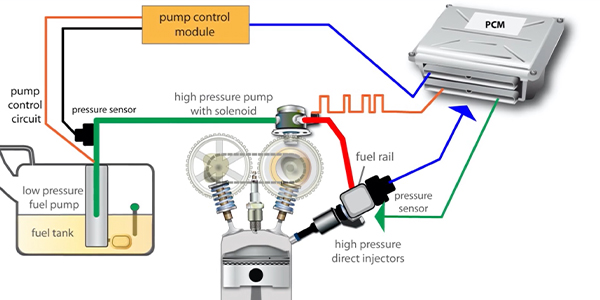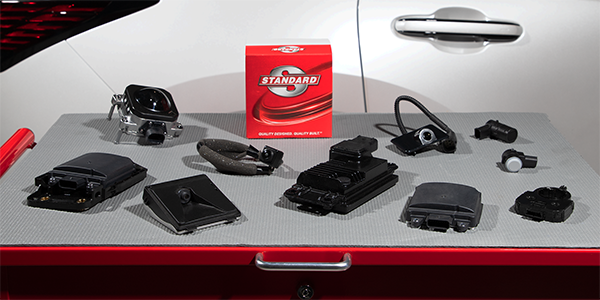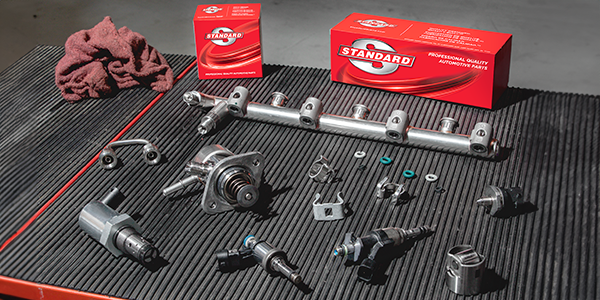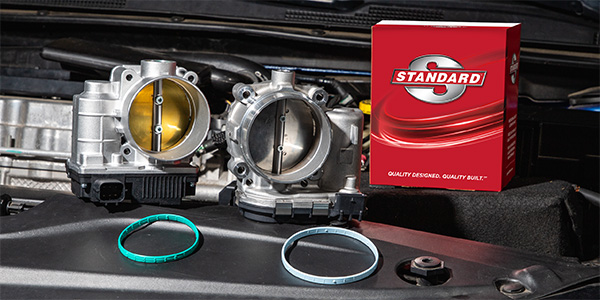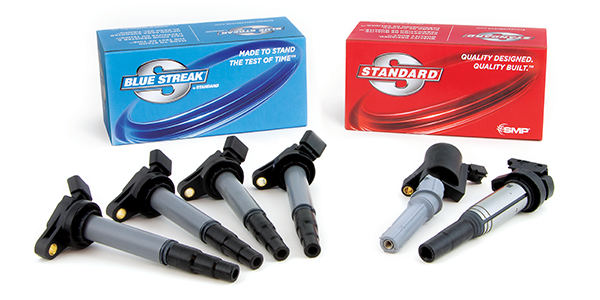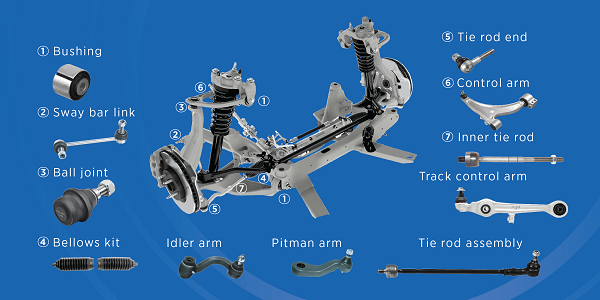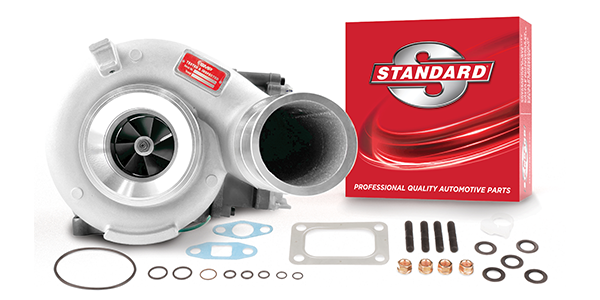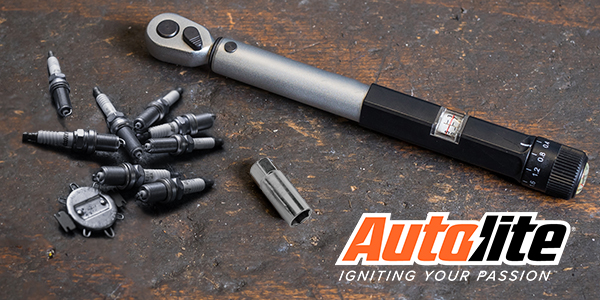Is your garage or shop a well-lit work space or more like a dark and spooky dungeon? If it’s the latter, think about how much more productive you’d be with additional shop lighting. You’ll spend less time fishing around for tools or wayward bolts, avoid tripping hazards, and best of all, be able to do your job more efficiently, which can save you time and money.
An easy way to make your work space a more productive space is by installing LED shop lights. They have several important advantages over traditional fluorescent lights:
- Brighter, more even light—LED lights direct all their illumination downward instead of the 360-degree coverage of fluorescents
- Turn on instantly and work in very cold temperatures (no flicker)
- Energy efficient—LED bulbs use half the energy of T12 fluorescent bulbs and about 30% less than T5 or T8 bulbs
- Last up to twice as long as fluorescents
- No ballast to replace or recycle
Since most home shops and many commercial shops use traditional ceiling-hung shop lights, we’re going to talk about LED replacements for those. If you have hardwired fluorescent lights or a large shop with many light fixtures, replacement LED bulbs are available to convert your existing lights.
Measuring Light Output
Comparing the output of an LED light versus incandescent or fluorescent light is not exactly apples to apples. Incandescent and fluorescent bulbs are measured in watts, which is a measure of how much power is needed to produce light. The higher the wattage, the brighter the light—you knew a 100 watt bulb was brighter than a 60 watt bulb, and all was well in the world.
LED light output is measured in lumens, which describes the brightness of a light over a given area. One lumen is roughly equal to the light output of a single candle. It takes about one watt of power to generate 11.25 lumens of light, which shows you just how efficient LEDs are in converting electricity into illumination.
As we said, there isn’t an exact way to compare light output of an LED bulb to a traditional one, but this chart provides a general equivalency between popular bulb ‘sizes’:
How Much Light Do You Need?
To determine how many lights you need, you need to know how much light is required to illuminate your shop. Lumens are a particularly helpful unit to determine this. If you know the number of lumens needed to illuminate a square foot of space, and how many lumens a given light produces, you can calculate the right number of lights for your space.
Here’s an example based on a typical 20 by 20 foot two-car garage. A good lighting rule of thumb for this kind of space is 100 lumens per square foot. First, determine the square footage of your shop by multiplying length by the width, then multiply that number by 100 to get the amount of lumens needed to illuminate that space.
- 20′ x 20′ = 400 square feet
- 400 x 100 = 40,000 lumens
Using Summit Racing LED Shop Lights rated at 4,500 lumens each, you’ll need 9 lights for your garage (40,000/4,500 = 8.8).
Let’s calculate the lighting needed for a shop measuring 60 by 60 feet. Since this kind of space usually has taller ceilings than a home garage, let’s go with 130 lumens per square foot:
- 60′ x 60′ = 3,600 square feet
- 3,600 x 130 = 468,000 lumens
If you use the 4,500 lumen Summit Racing lights, you’ll need 104 total (468,000/4,500). That’s a lot of lights, so you will be better off using lights that put out far more lumens. For example, here’s the calculation for the same size shop with a light that puts out 15,000 lumens:
- 468,000/15,000 = 3.12
Now comes the tricky part. Using three 15,000 lumen lights will illuminate most of the space directly beneath them quite nicely, but won’t evenly illuminate the rest of the shop. A better idea is to use more lights that put out less lumens so the entire shop is evenly lit.
But Wait, There’s More
You probably have LED underhood and other tube-style lights in the shop to provide hands-free illumination in the engine bay or under a vehicle. Here are some other useful LED lights that make your life much easier:
- Stand-mounted LED floodlights are ideal for illuminating larger areas like the entire underside of a vehicle or outdoor work sites. If you need a lot of light, the Milwaukee Tool MX FUEL Rocket Tower Light has four light heads that put out a whopping 27,000 lumens
- Small or personal lights are very useful where a larger light won’t fit. For example, the STKR Light-Mine Professional Light is about the size of a baseball with two 250 lumen LED lights. They have 12 posts tipped with neodymium magnets so you can stick one on a steel surface at almost any angle. The magnets are strong enough to retrieve dropped bolts, nuts, or washers, which is a nice trick
- If you do paint or detailing work, an inspection light like the ones from Chemical Guys have a bright white LED light that reveals hidden scratches, swirls, and other paint imperfections that aren’t visible to the eye, even under shop lights. They’re also ideal for illuminating crevices and other areas when detailing an interior
- Steck’s MIG Light clips to any standard MIG welder torch and illuminates the work area so you can put your torch where you need it before striking an arc. That’s a big plus when you’re welding in an awkward position. It even has an oversized power button that you can press while wearing welding gloves.
Whether you need to illuminate a small area or an entire shop, LED lights are the way to go.
Your eyes will thank you!
This article was sponsored by Summit Racing Equipment. For more information, please visit www.summitracing.com.


